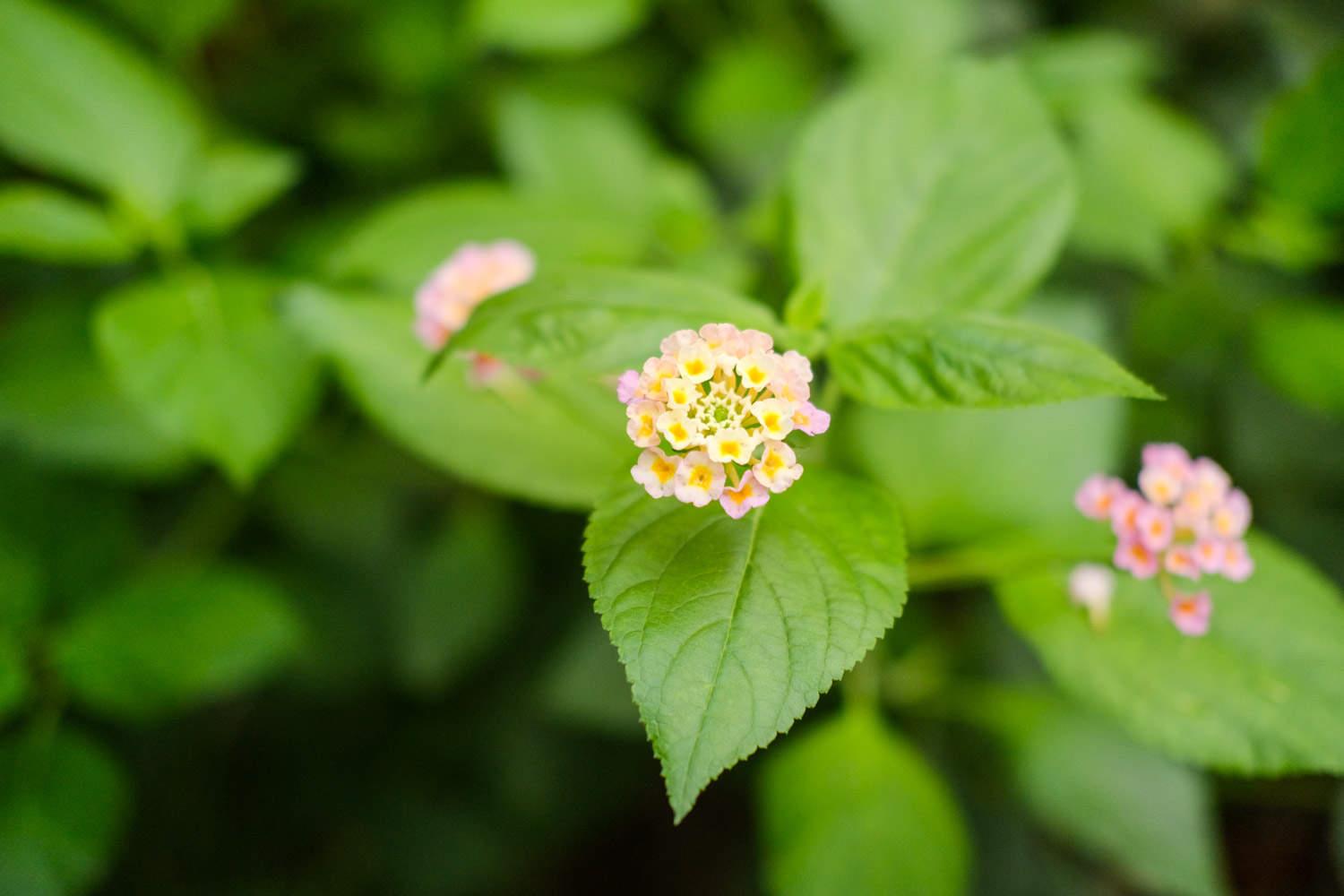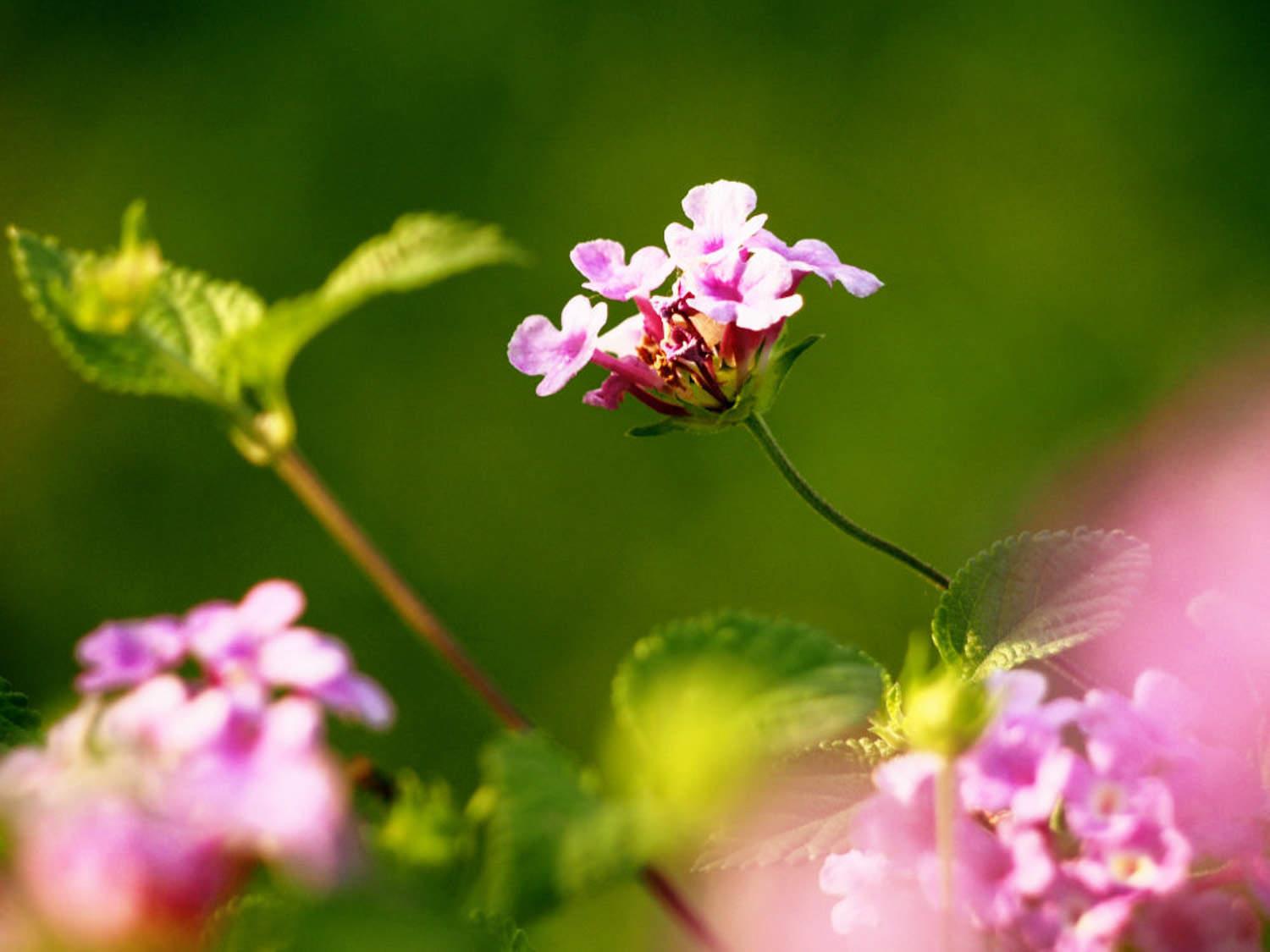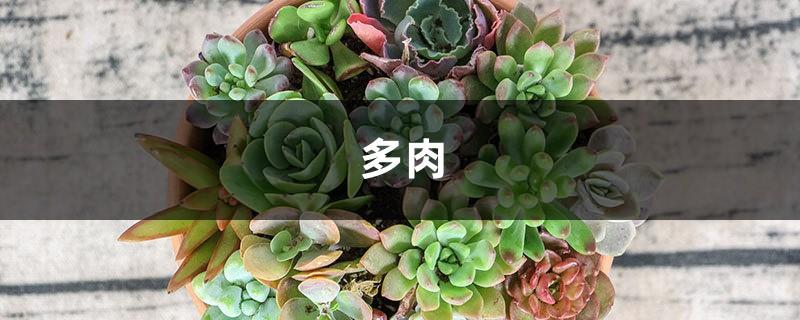Methods and precautions for cultivating five-color plums
Last Update :2024.11.07
Article Catalog
Precautions for raising five-color plums at home
Five-Colored Plum, just from the name, you can imagine the charming color combination of the flowers, allowing you to see different colors from one flower and enjoy the changes throughout the four seasons. Let’s take a look at how to care for this gorgeous five-color plum and what precautions you should take.

How to grow five-color plums
Cultivation methods of five-color plums
Soil
Five-color plums have strong adaptability and are not strict on soil requirements. It can grow in heavy soil, heavy clay soil, acidic soil or calcareous soil, but it grows best in fertile, loose sandy soil.
Water and fertilizer management
Watering: Five-color plums like a humid environment. Keep the pot soil moist during the growth period to avoid excessive dryness, and pay attention to spraying water on the leaves. , to increase air humidity.
Fertilization: Five-color flowers have a long flowering period and need top-dressing 2-3 times a month in spring, summer and autumn. Top-dressing should be done in time after flowering. During the growth period, apply a thin fertilizer based on phosphorus and potassium every 15 days or so to provide sufficient nutrients, and combine it with watering to make the plants bloom more. Spraying 3% urea twice every 10 days can make the leaves thicker and greener. After entering the house in winter, stop fertilizing.
Lighting: Five-color plum blossoms like a sunny environment. During the growing season, they can be kept outdoors in a sunny place. There is no need to shade them even in midsummer, but good ventilation is required. Insufficient light will cause the plants to grow leggy, with thin and long stems and branches, and few flowers, seriously affecting the viewing experience.
Temperature: Five-color plums are native to tropical areas. After being introduced to other climate zones for cultivation, it was found that they can survive the winter safely as long as the temperature is not lower than 8 degrees Celsius. The optimum temperature for growth is 8-30 degrees Celsius.
Propagation methods
Five-color plum blossoms can be propagated by sowing, cutting, layering and other methods, among which cutting propagation is the main method.

Precautions for raising five-color plum at home
< p>Five-color plum is poisonous
Although five-color plum can be used as medicine, it is toxic. Oral administration may cause dizziness, nausea, vomiting, etc. The dosage must be controlled. , to prevent adverse reactions. It should not be used by pregnant women and the infirm.
The five-color plum has a smell
The branches, leaves and flowers of the five-color plum emit a smell that is sensitive to mosquitoes and flies, and has a strong effect in repelling mosquitoes and flies. The smell does no harm to the human body.
It is not only effective in repelling mosquitoes and flies, but also has bright and changeable flowers. It is known as the "seven-variable flower that repels mosquitoes" and has the dual functions of repelling mosquitoes and flies and beautifying the courtyard.
Pay attention to pruning of five-color plums
Five-color plums, like bougainvillea, need to be pruned to maintain a beautiful plant shape and maintain abundant blooms. Five-color plum blossoms are resistant to pruning. To make it a round-headed and graceful crown, frequent topping is required. When the seedlings grow to a height of about 10 centimeters, top them off to encourage them to sprout branches from the base. Keep 3 to 5 branches as main branches. When the main branches grow to a certain length, top them off to ensure balanced growth of the main branches.
Common diseases and insect pests of five-color plums
Common pests of five-color plums: leaf blight nematode
Common diseases of five-color plums: gray mold

Precautions for raising five-color plums at home
- END -
How to care for Silver Queen in winter

The most important task when caring for the Silver Queen is to ensure that the tem...
These "5 types" of succulent plants are the most difficult to grow and can grow into a ful

Nowadays, it is common to raise several pots of flower plants, but many people hav...